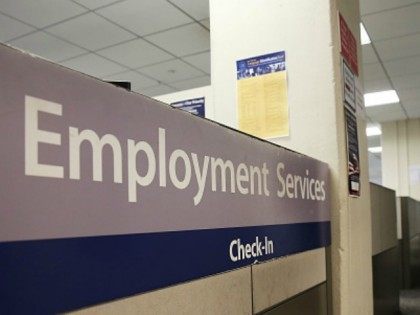Foreign-Born Job Growth Outpacing Native-Born 2.6 to 1
Since the start of the recession in December 2007, the foreign-born population has outpaced the native-born population in net job growth — with foreign-born workers gaining 2.6 jobs for every job gained by a native-born worker.







